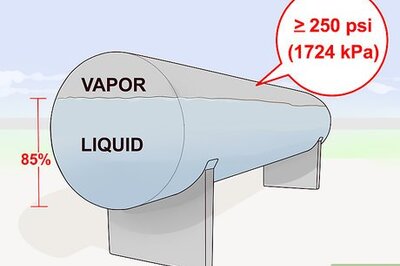
views
Google has taken the Android distribution chart off the web completely. For years, Google has publicly displayed the share of the Android version installation rates in the Android Distribution Chart. After going for a full year without updating the list, Google has finally taken it off for mainstream users. However, the distribution chart will still remain available to developers, who would ideally require the Android installation rates to offer app updates and maintain versions.
From the onset, the Android distribution chart was intended to help Android app builders to get notified when they select on the 'minimum' model of Android OS that their apps can run on. However, over time, the list has attracted considerable criticism from all corners, with Google and its extensive list of OEMs facing considerable blame for not doing enough to roll out regular updates the way Apple does. For instance, devices running on older versions like Android Marshmallow still account for about 15 percent of Android devices.
For those who still wish to access the numbers, Android Studio’s Create New Project will still show the official market shares. With the developer suite, users will be given "API Level" and "Cumulative Distribution" percentages instead of the graphic pie chart representation. This will help Android app developers better understand which versions of Android should they be focusing on through API Level distribution numbers. Coming to cumulative distribution numbers, developers will be able to know what percentage of global Android devices they lose with each newer version of Android. This could be a blessing in disguise for many developers around the world.
For instance, in present distribution numbers, Android Pie now controls the largest share of Android devices with 31.3 percent. With increasing adoption of Android 10 on the cards, it now remains to be seen if the move to share developer specific numbers would help app makers refine their services better for the Android ecosystem.


















Comments
0 comment